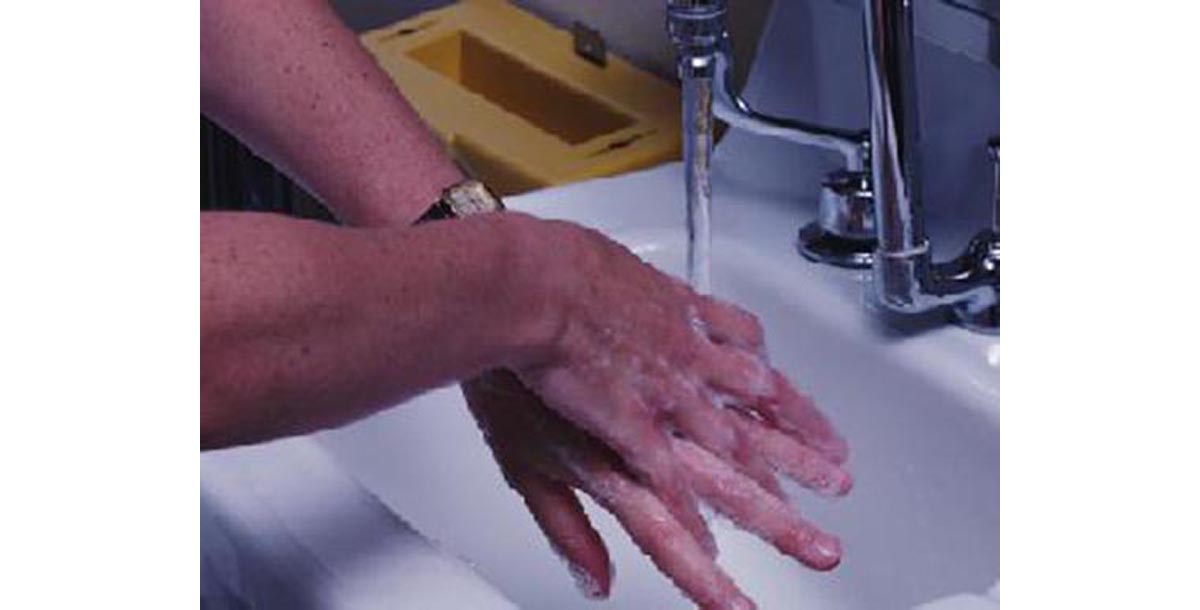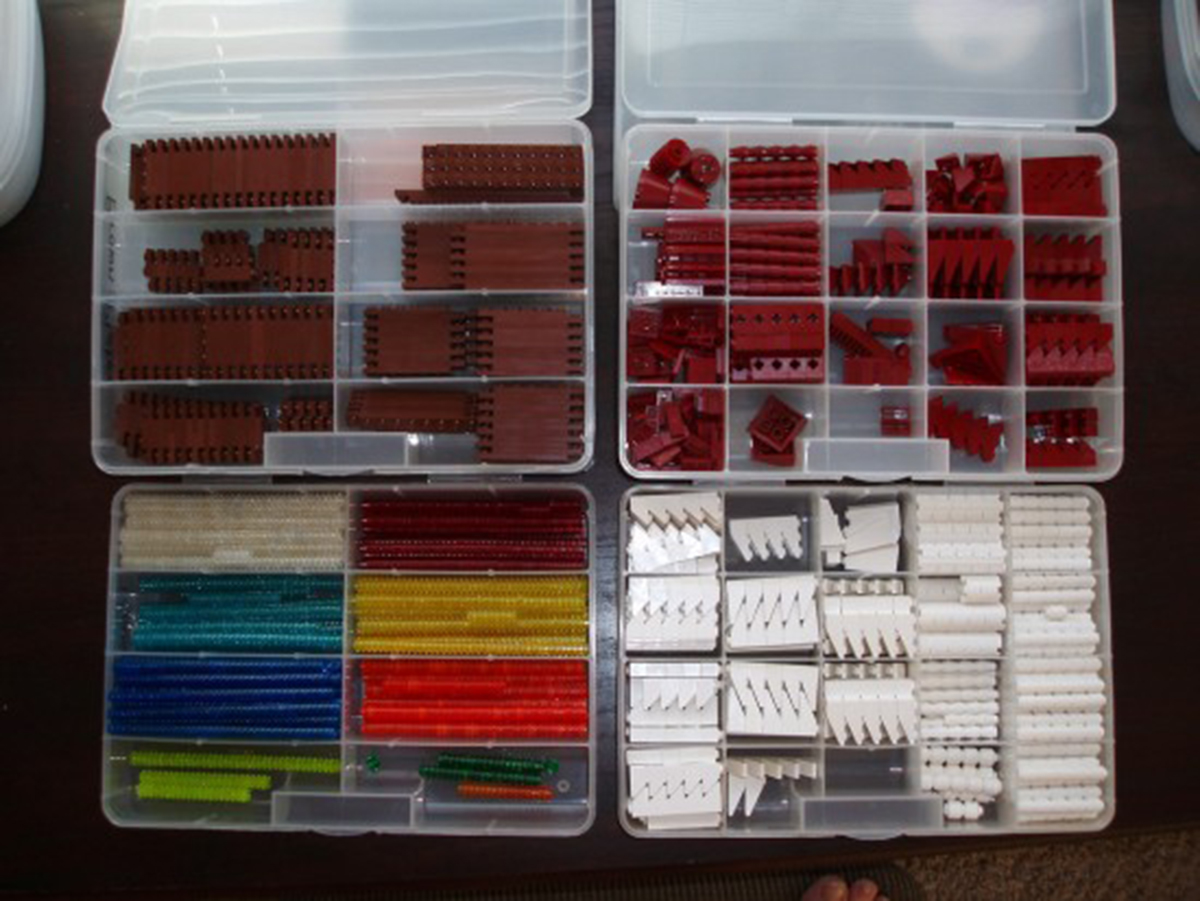Obsessive-Compulsive Disorder is a debilitating mental health condition in which patients suffer from obsessions that lead them to worry, and complusions that can invade every aspect of their lives. Obsessive-Compulsive Disorder is a type of anxiety disorder but it is important to distinguish OCD from other types of anxiety, including the routine tension and stress that appear throughout life.
It is proven that in many cases the sufferers are of above-average intelligence. This is because the very nature of the disorder necessitates complicated thinking patterns. Children and adolescents often feel shame and embarrassment about their OCD. Many fear that their symptoms mean they're crazy and are hesitant to talk about their thoughts and behaviors.

What exactly are obsessions and compulsions?
Obsessions are defined by:
- Recurrent and persistent thoughts that are experienced as intrusive and inappropriate and that cause marked anxiety or distress
- Thoughts which are not simply excessive worries about real-life problems
The person suffering from OCD attempts to ignore such thoughts or to neutralize them with some other thought or action and recognizes that the obsessional thoughts are a product of his or her own mind.
With OCD, someone may have obsessions about:
- germs or dirt
- illness or injury
- coming across unlucky numbers
- things being even or straight
- things being perfect or just right in a certain way
- making mistakes or not being sure
- doing or thinking something bad
Compulsions are defined by:
- repetitive behaviors that the person feels driven to perform in response to an obsession
- the behaviors or mental acts which are targeted at preventing distress or some dreaded event or situation
- behaviors or mental acts which are not connected in a realistic way
Examples of some common OCD compulsions:
- lots of hand washing or showering
- counting
- touching objects
- checking things over and over
- doing things a certain number of times
- arranging things in a very particular or neat way
- asking the same question over and over
- tying and retying shoes over and over until they feel just right
History of the condition
The definitive cause of OCD is still unknown.
Mystic beliefs
During the 14th and 15th century it was believed that that those who experienced obsessive thoughts were possessed by the devil.
That’s why the treatment involved banishing the evil from the possessed patient through exorcism.

Freud’s theory
In the early 1900s, the famous psychologist Freud attributed obsessive-compulsive behavior to unconscious conflicts which manifested as the symptoms of the disorder. He linked OCD to stressors or traumas that occurred during childhood. However there is still not enough evidence to support this theory.
Possible causes of OCD
There are many different theories about the cause of obsessive-compulsive disorder. Let's take a look at some of the more accepted theories.
Abnormalities of some brain structures
One research study has discovered a type of size abnormality in different brain structures. The experts are claiming that there is some type of abnormality in the neurotransmitter serotonin in the case of Obsessive-Compulsive Disorder. It has been discovered that serotonin has a role to play in regulating anxiety, though it is also thought to be involved in sleep and memory function. In order to function properly serotonin must bind to the receptor sites and that’s why experts believe that OCD sufferers may have blocked or damaged receptor sites. This would then prevent serotonin from functioning to its full potential. It is proven that OCD patients benefit from the use of Selective Serotonin Reuptake Inhibitors - a class of antidepressant medications that increase the levels of serotonin in circulation.
Genetic mutations
Some experts claim that a genetic mutation that could be the cause of OCD. Researchers have indeed found a mutation in the human serotonin transporter gene in unrelated families with OCD. In addition, it has also been proven that environmental factors also play a role in how these anxiety symptoms are expressed; in other words, it is possible that your genetics make you vulnerable to developing Obsessive-Compulsive Disorder, but your environment determines whether you actually will.
Different brain activities
Using some brain imaging techniques such as positron emission tomography (PET scans), it has been shown that those patients with OCD tend to have brain activity that differs from those who do not have this disorder. That’s why some experts claim that OCD is caused by the part of the brain that is responsible for translating complex intentions into fundamental actions. This part of the brain is failing to correctly communicate with other structures in the brain in these cases, or so the theory goes.
Infections and hormonal imbalances
Some cases of OCD are thought to be caused at least in part by childhood streptococcal infections. This is because it is found that the streptococcal antibodies may become involved in an autoimmune process. If OCD is caused by bacteria, this provides hope that antibiotics may eventually be utilized to treat or prevent it. Some experts are also saying that OCD in men may be partially caused by low estrogen levels.
Nutrition deficiencies
There are also several studies which have shown that nutrition deficiencies may be a cause for OCD and other mental disorders. That’s why certain vitamin and mineral supplements may help people with such disorders and provide the nutrients necessary for proper mental functioning.
Neuropsychiatric explanations
It is proven that OCD primarily involves the brain regions of the striatum and the cingulate cortex. It involves several different receptors, mostly H2, M4, nk1, NMDA, and non-NMDA glutamate receptors. Those correlations are as follows:
Activity positively correlated to severity:
- H2
- M4
- nk1
- non-NMDA glutamate receptors
Activity negatively correlated to severity:
- NMDA
- mu opioid
- 5-HT1D
- 5-HT2C
Differential diagnosis
People with OCD may be diagnosed with other conditions, such as Tourette syndrome, compulsive skin picking, body dysmorphic disorder and trichotillomania but the differentiating between obsessive-compulsive disorder and a depressive disorder may be the most difficult. This is because these two types of symptoms so frequently occur together. Although obsessional thoughts and compulsive acts commonly coexist in several other conditions, it is useful to be able to specify the characteristic set of symptoms as predominant, since they may respond to different treatments.
OCD, depression and drug abuse
There are some researches which tried to demonstrate a link between drug addiction and obsessive compulsive disorder. They proved that there is a higher risk of drug addiction among those with any type of anxiety disorder. Anyway, experts still don’t know whether the drug addiction among OCD patients may serve as a type of compulsive behavior or just as a coping mechanism.
Depression is also extremely prevalent among sufferers of OCD. People with OCD may feel depressed because of the fact that they get out of control.
OCD and other disorders
Disorders that frequently occur with OCD include:
- other anxiety disorders,
- depression,
- disruptive behavior disorders
- attention deficit hyperactivity disorder,
- learning disorders,
- trichotillomania
- habit disorders such as nail biting or skin picking
Treatment of OCD
OCD can be treated with Behavioral therapy (BT), Cognitive therapy (CT), or a combination of both known as Cognitive-Behavioral therapy (CBT), as well as with a variety of medications.
Cognitive-Behavioral therapy (CBT)
The specific technique used in this therapy is called Exposure and Ritual Prevention and it involves gradually learning to tolerate the anxiety associated with not performing the ritual behavior through analyzing the impact of the thought patterns.
The exposure
This means that during the treatment the patient gets exposed to the object of his or her obsession. For example, people who are obsessed by germs and their OCD manifests by excessive hand-washing, are asked to touch something that looks dirty and that would normally trigger their compulsion. This is done in the presence of a psychotherapist who tries to lessen the anxiety the patient feels in contact with his or her obsession.
Medications
Pharmacologic treatments include:
- Selective serotonin reuptake inhibitors (SSRIs) such as paroxetine (Paxil®, Aropax®), sertraline (Zoloft®), fluoxetine (Prozac®), and fluvoxamine (Luvox®)
- SSRIs help about 60% of OCD patients, but relapses are common once the medication is no longer taken
- Tricyclic antidepressants, in particular clomipramine (Anafranil®).
- Other medications like gabapentin (Neurontin®), lamotrigine (Lamictal®), antipsychotics olanzapine (Zyprexa®) and risperidone (Risperdal®)
- The naturally occurring sugar Inositol may be an effective treatment for OCD
Drug
Brand Name
Usual Dosage
Sizes
comments
Fluoxetine
Prozac®
About 1mg/kg
10, 20, liquid
Long acting
Paroxetine
Paxil®
20-60mg a day
10, 20, 30
Worse withdrawal symptoms
Citalopram
Celexa®
20-40mg a day
20
New in 1999
Sertraline
Zoloft®
3mg/kg max
25, 50
capsules
Fluvoxamine
Luvox®
3mg/kg max
50, 100
Pills are scored
Psychosurgery
Unfortunately for some, medications, support groups or psychological treatments aren’t helpful in relieving the symptoms of obsessive-compulsive disorder.
These patients may have to undergo psychosurgery. In this procedure, a surgical lesion is made in an area of the brain and it was found that approximately 30% of participants benefited significantly from this procedure.
- en.wikipedia.org/wiki/OCD
- www.klis.com
- www.kidshealth.org
- www.medicinenet.com/obsessive_compulsive_disorder_ocd/article.htm
- www.mayoclinic.com/health/obsessive-compulsive-disorder/DS00189
- image:www.freewebs.com
- Photo courtesy of Katie Walker by Flickr : www.flickr.com/photos/eilonwy77/7698011648/

